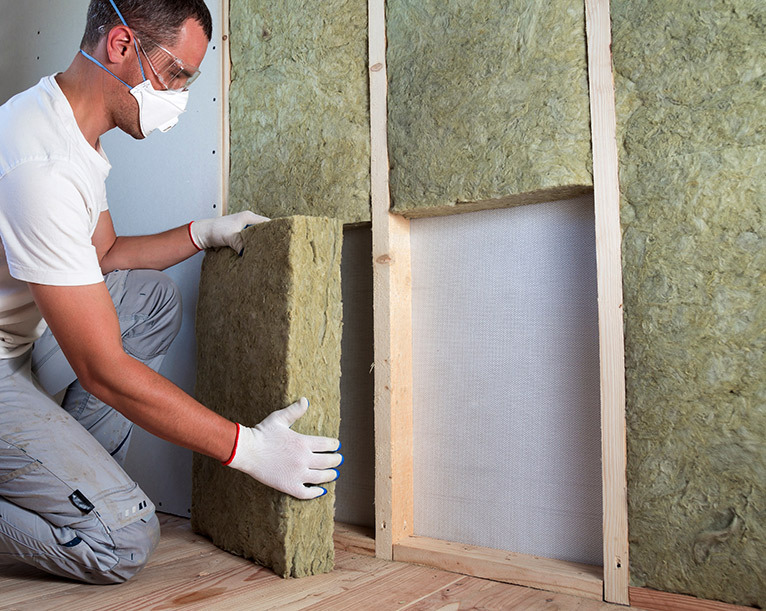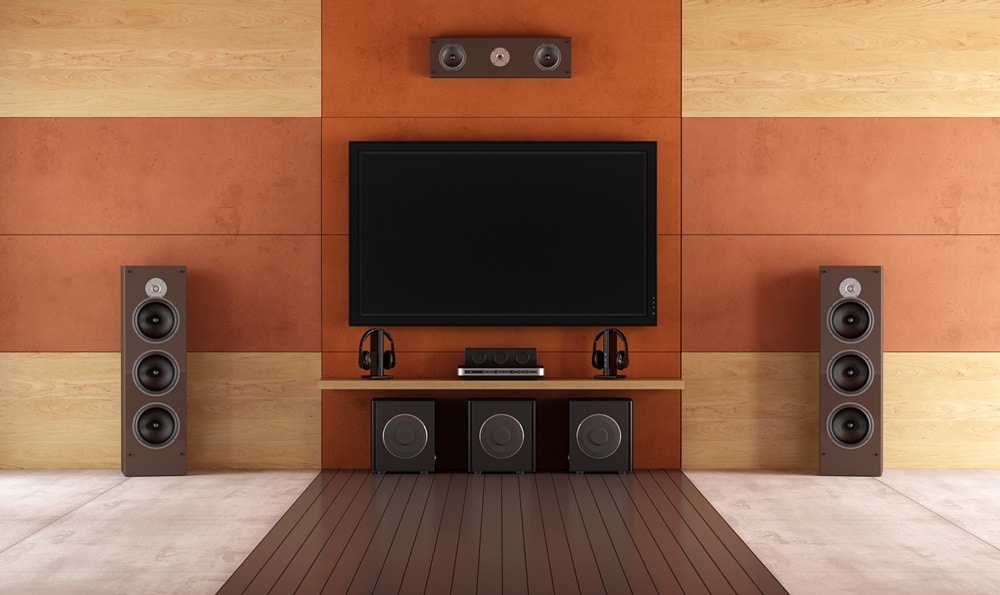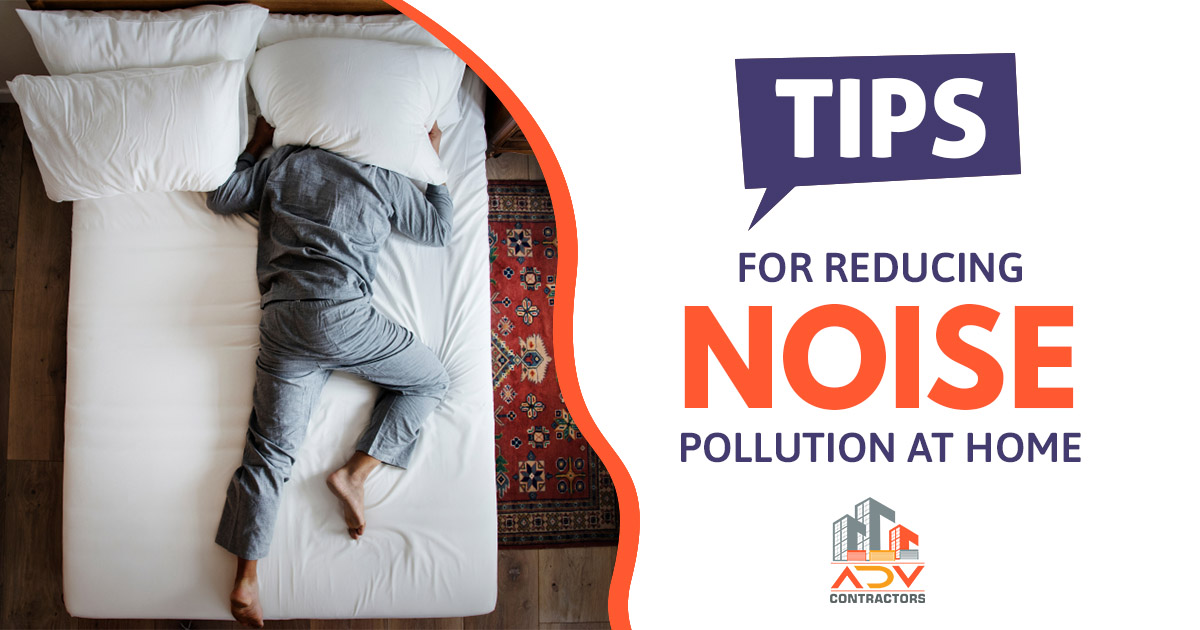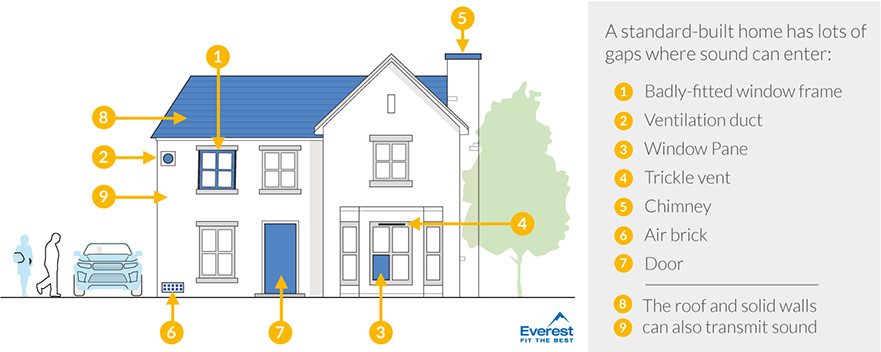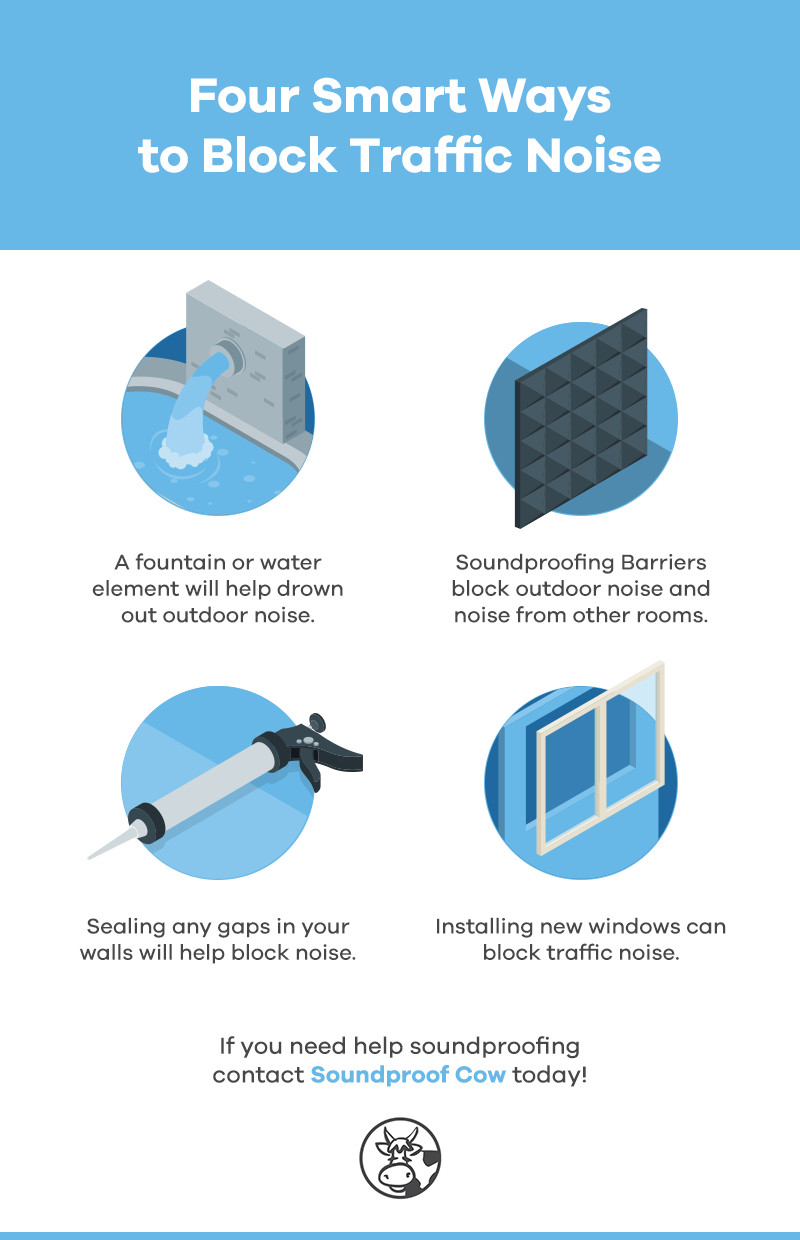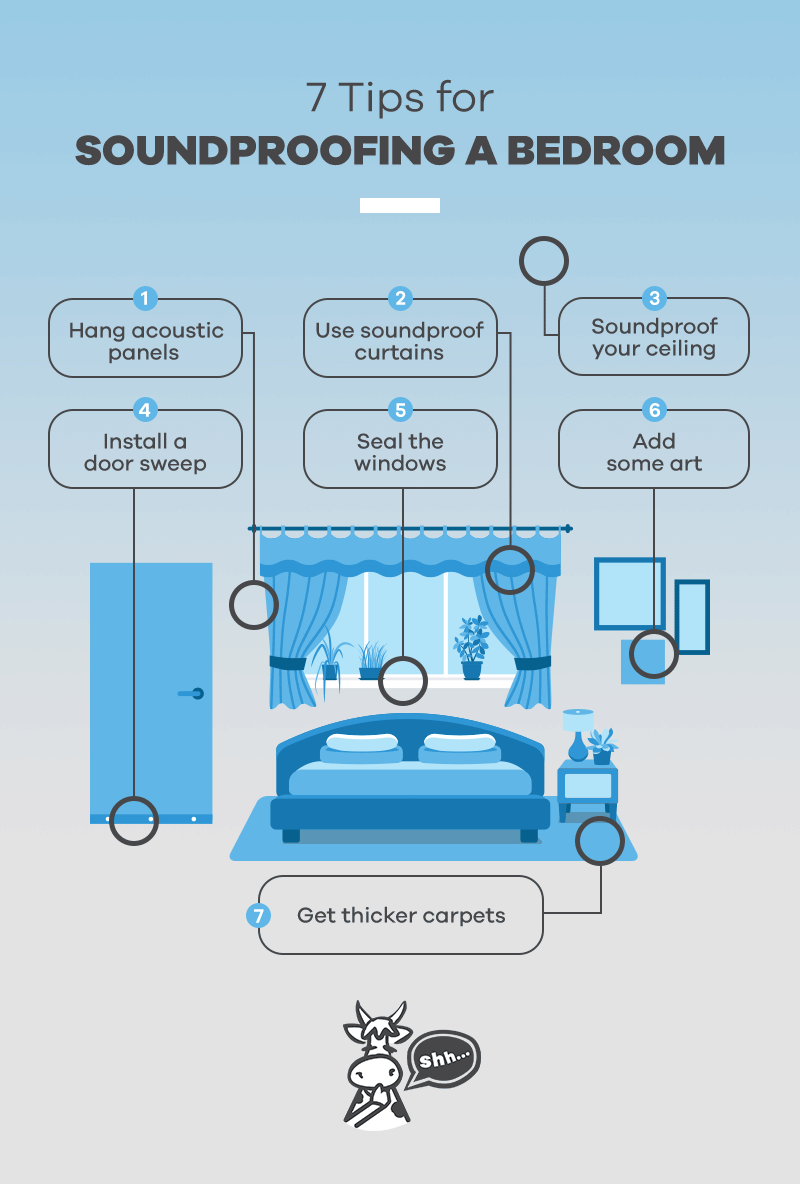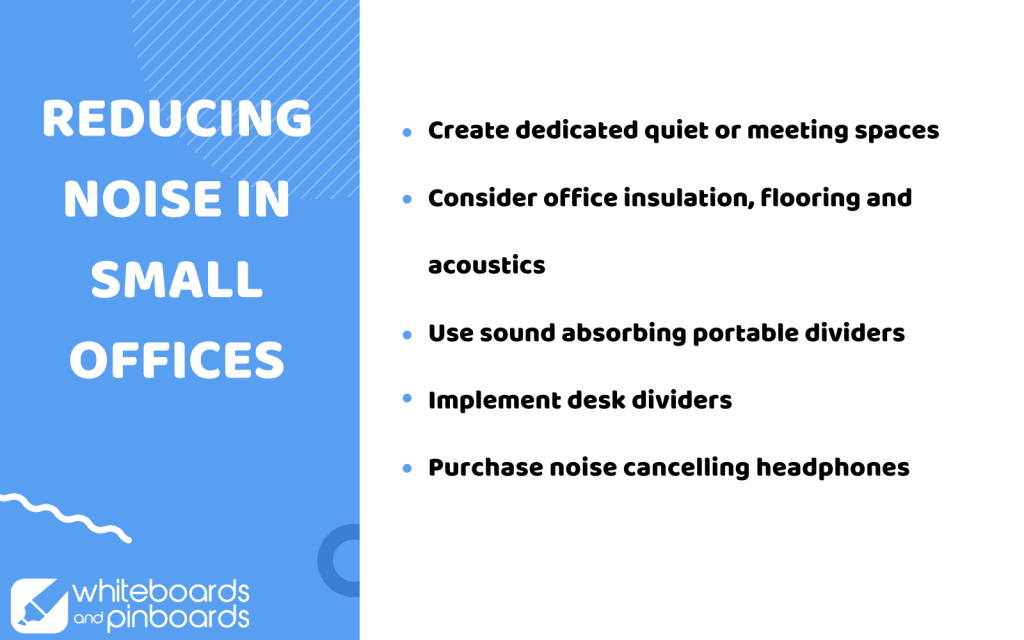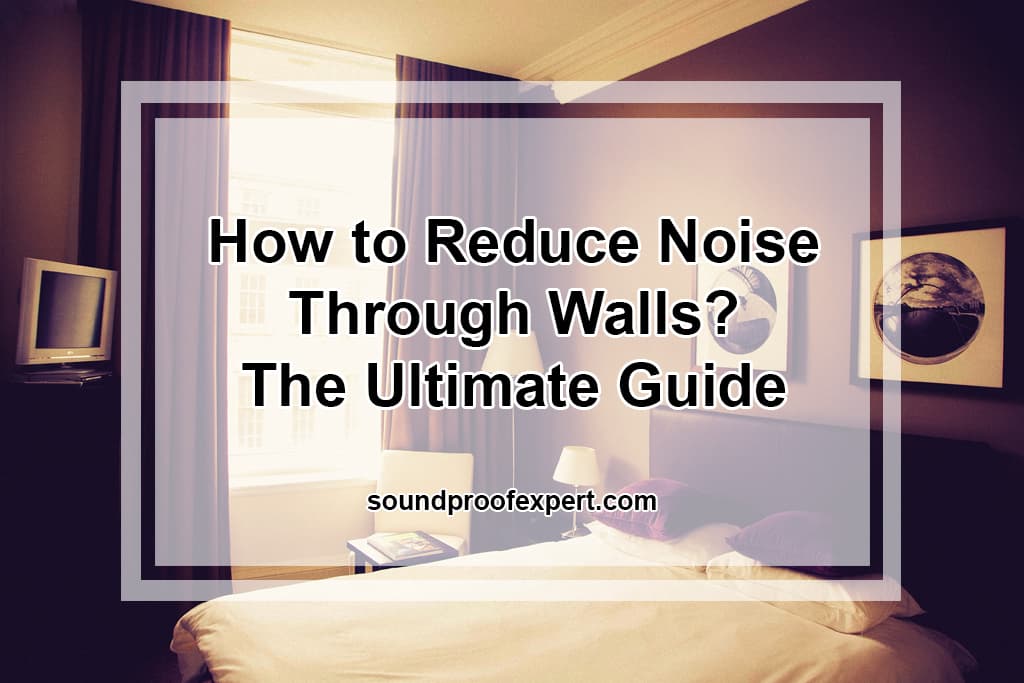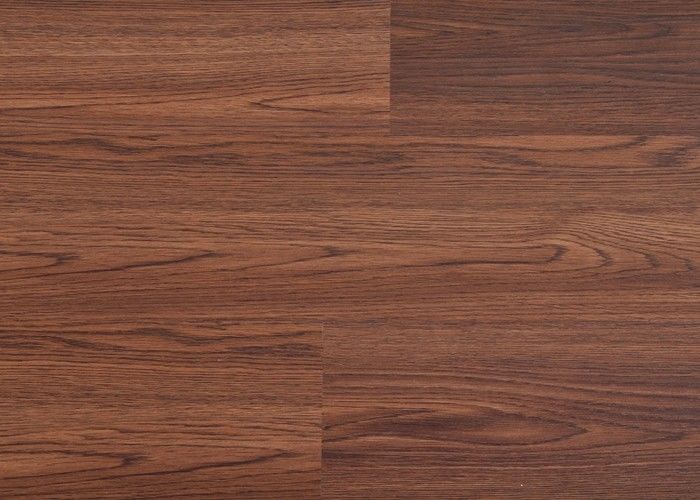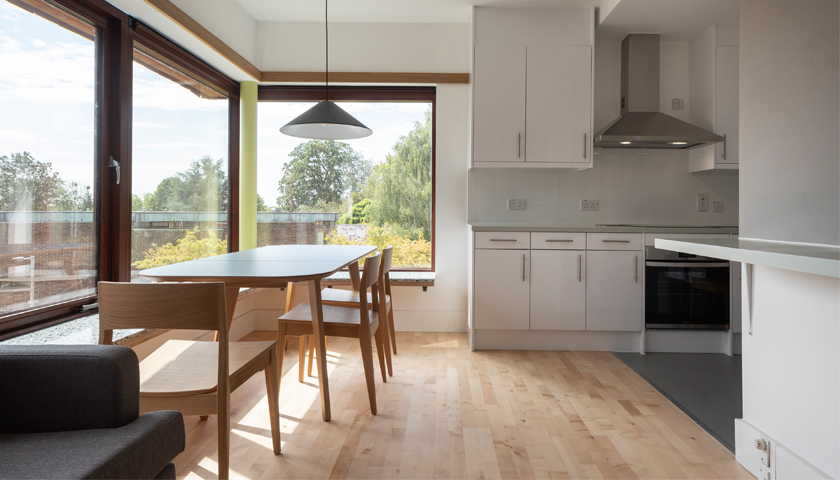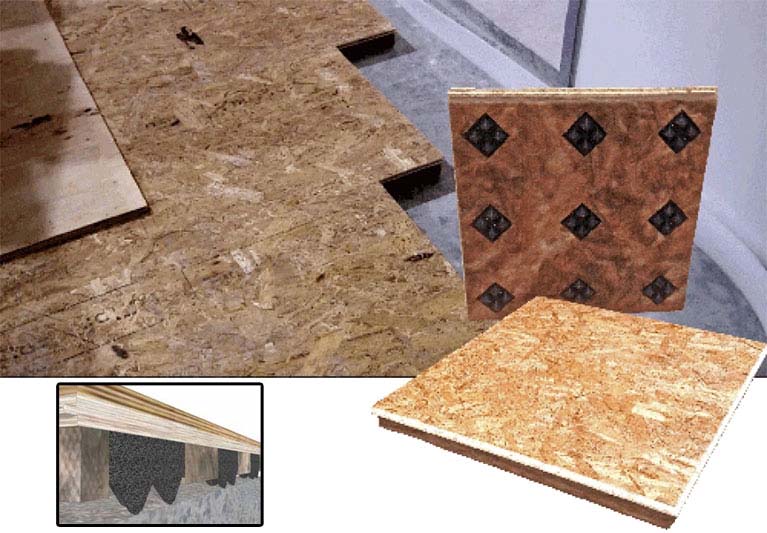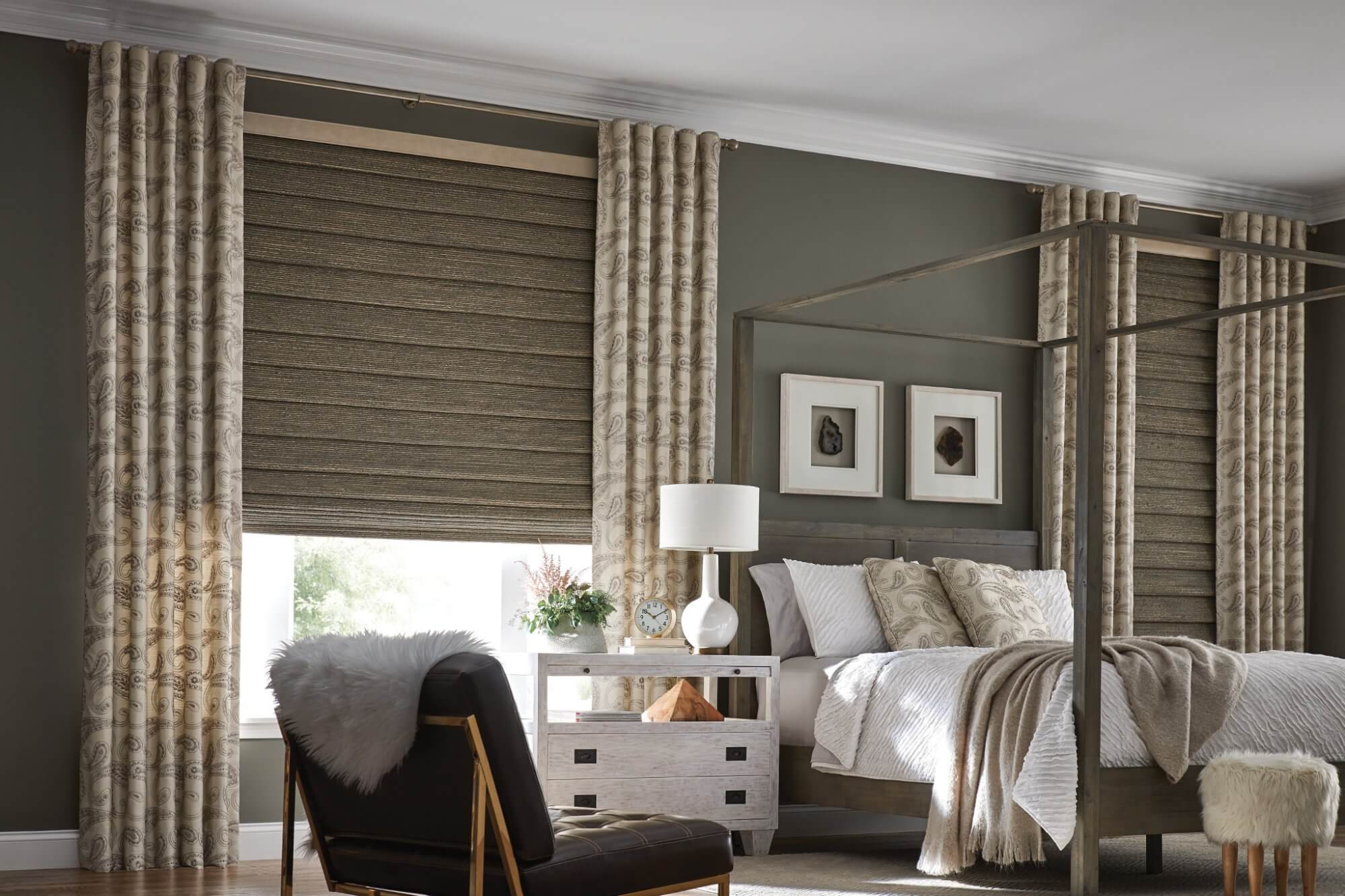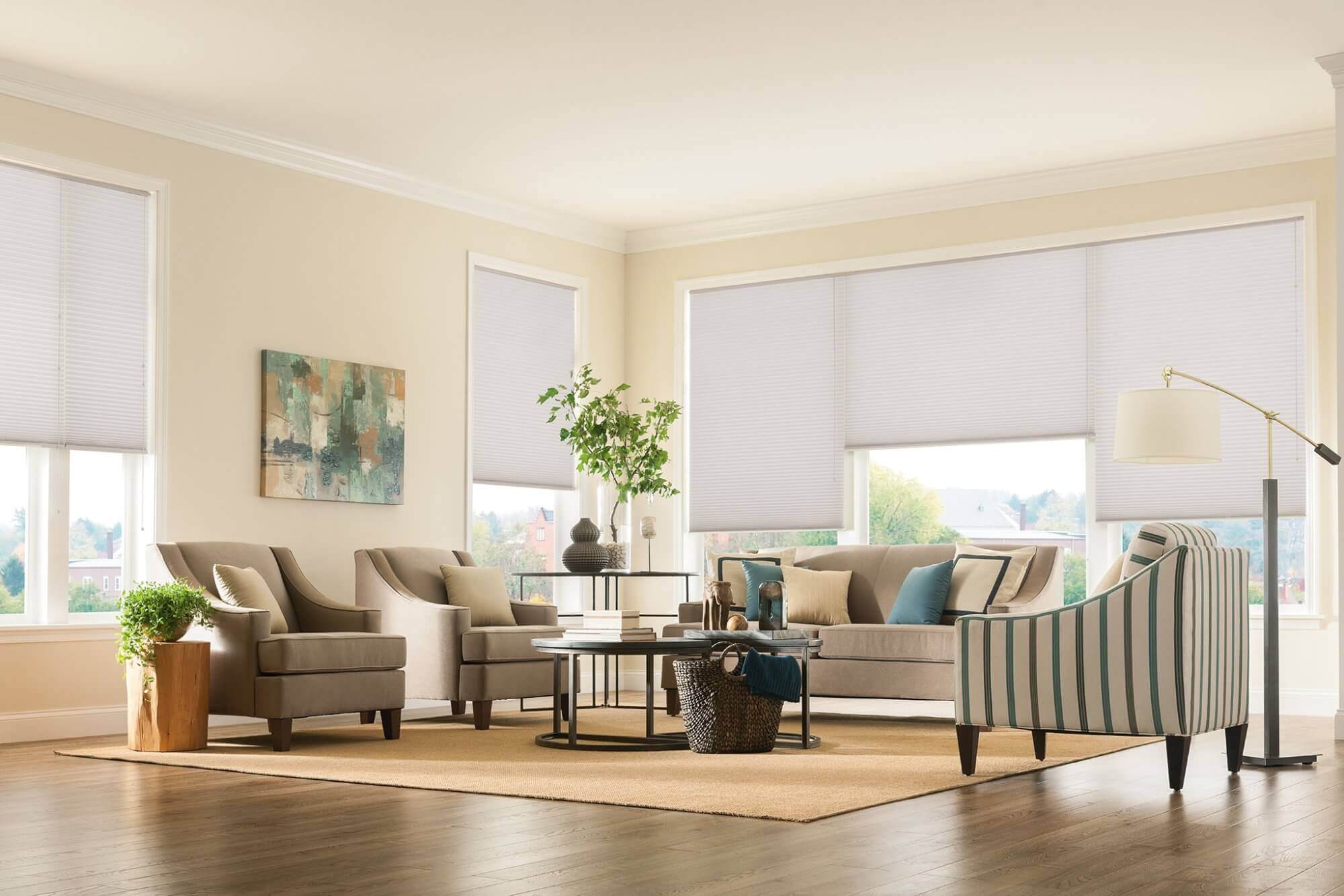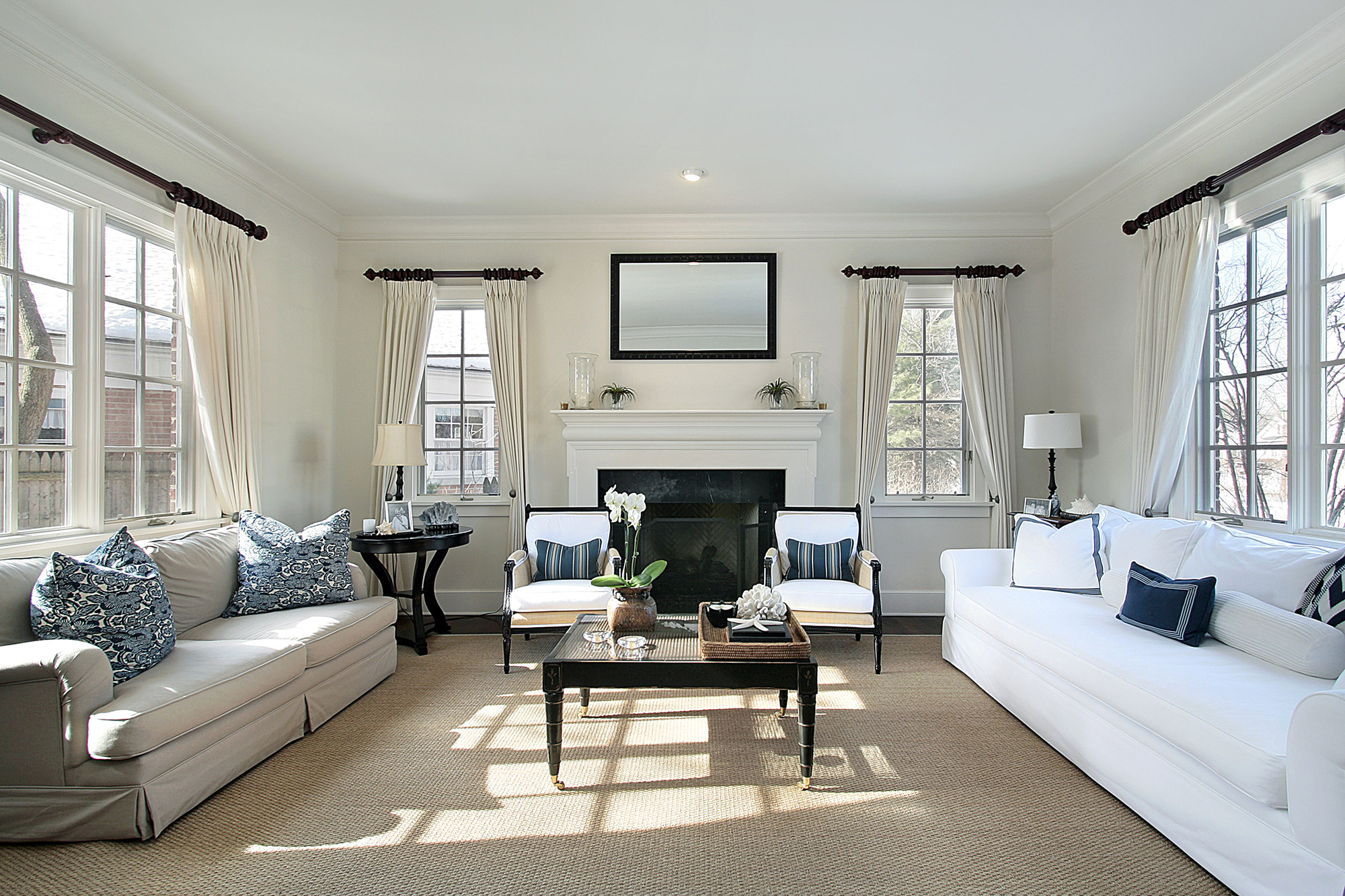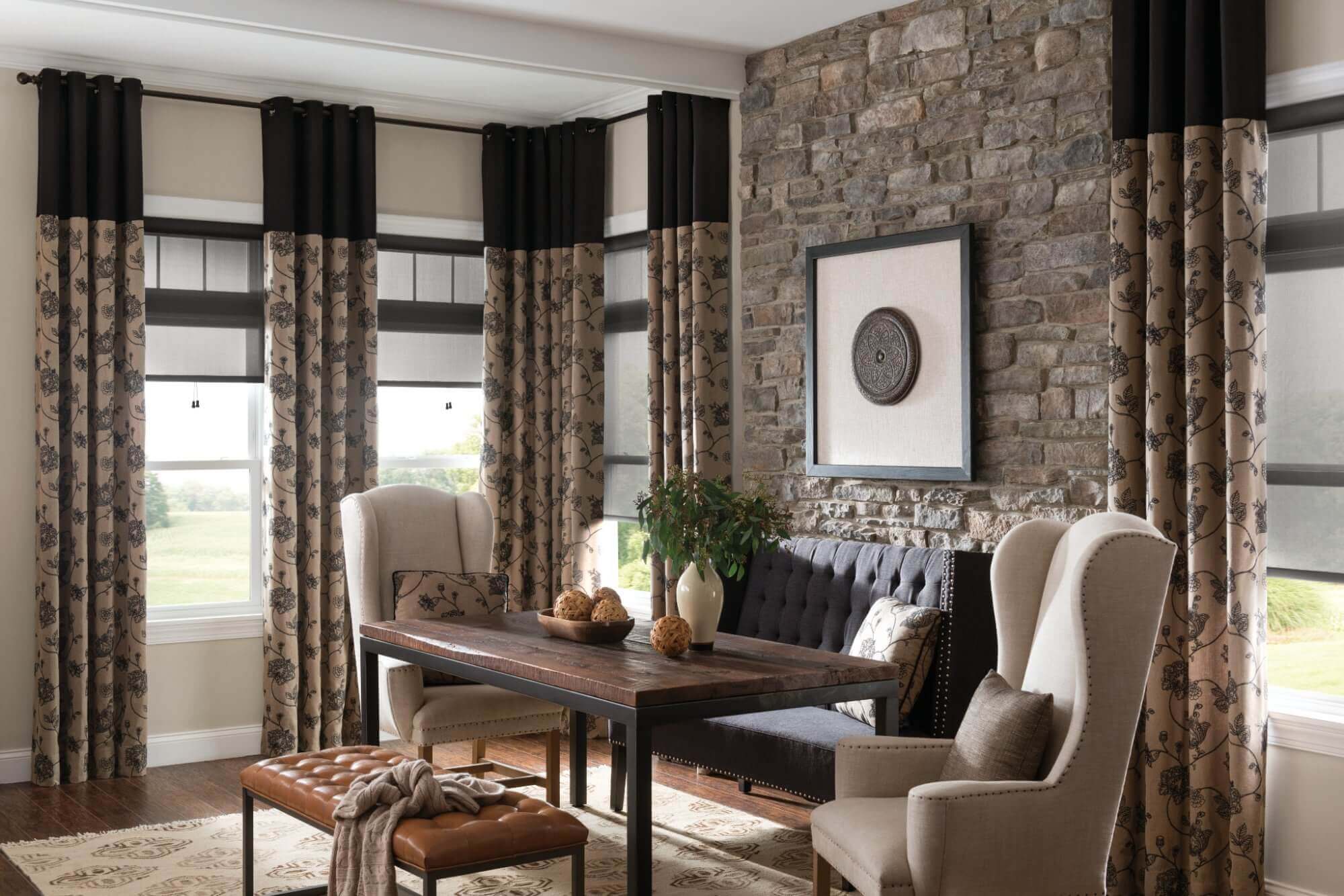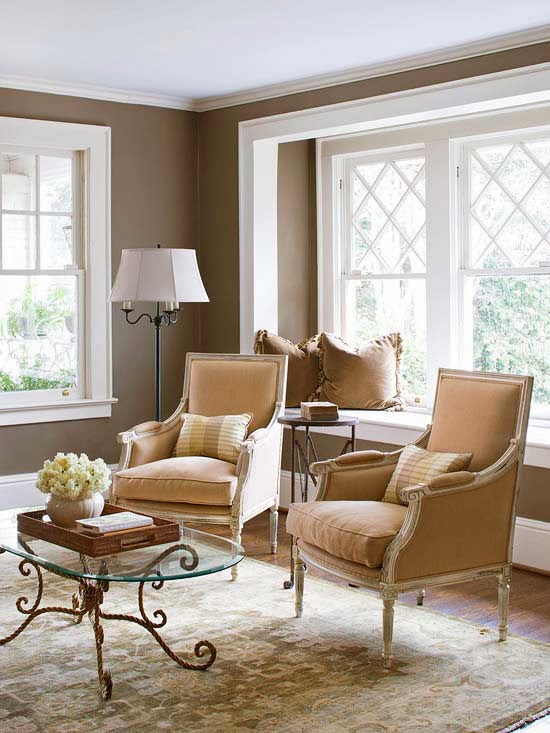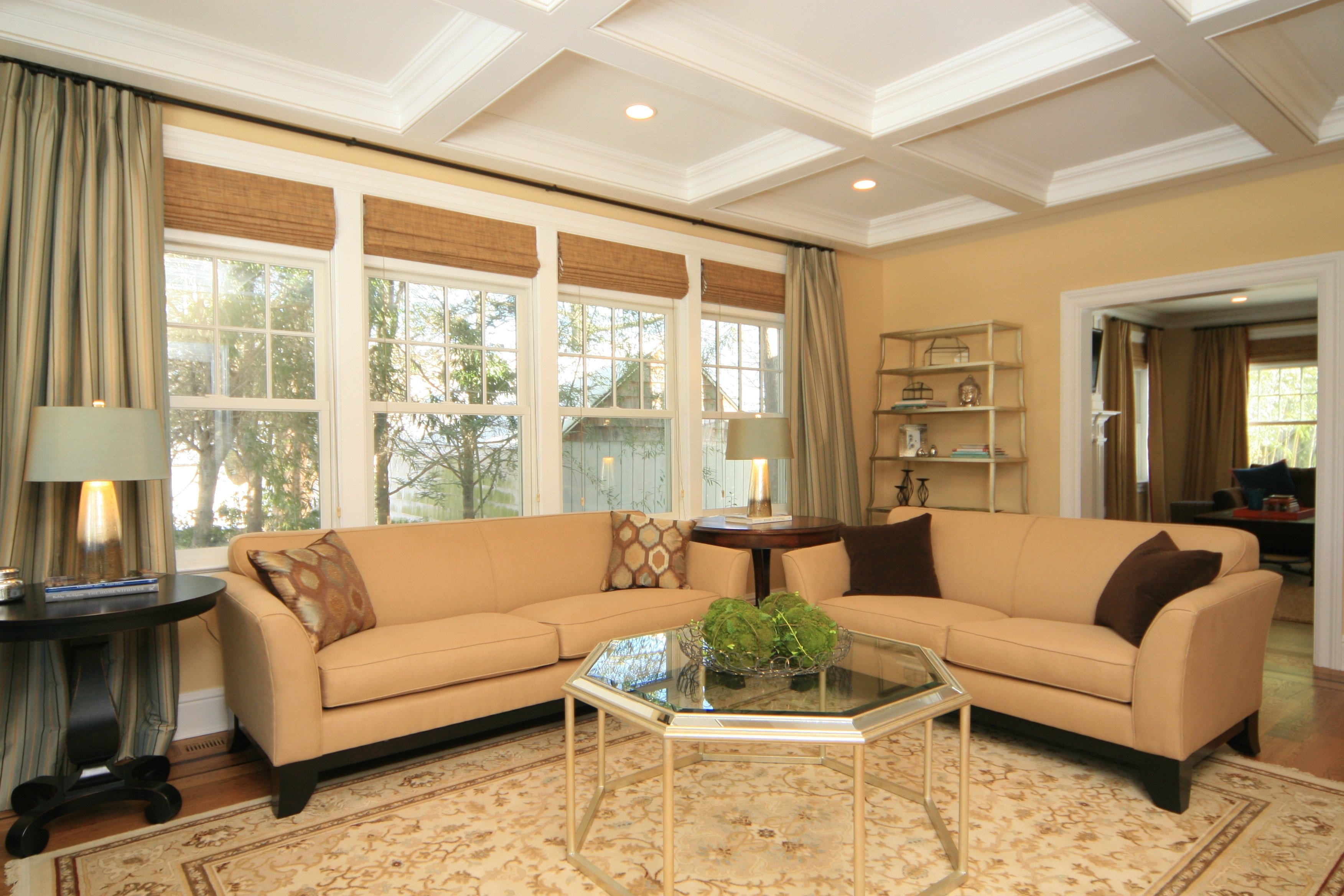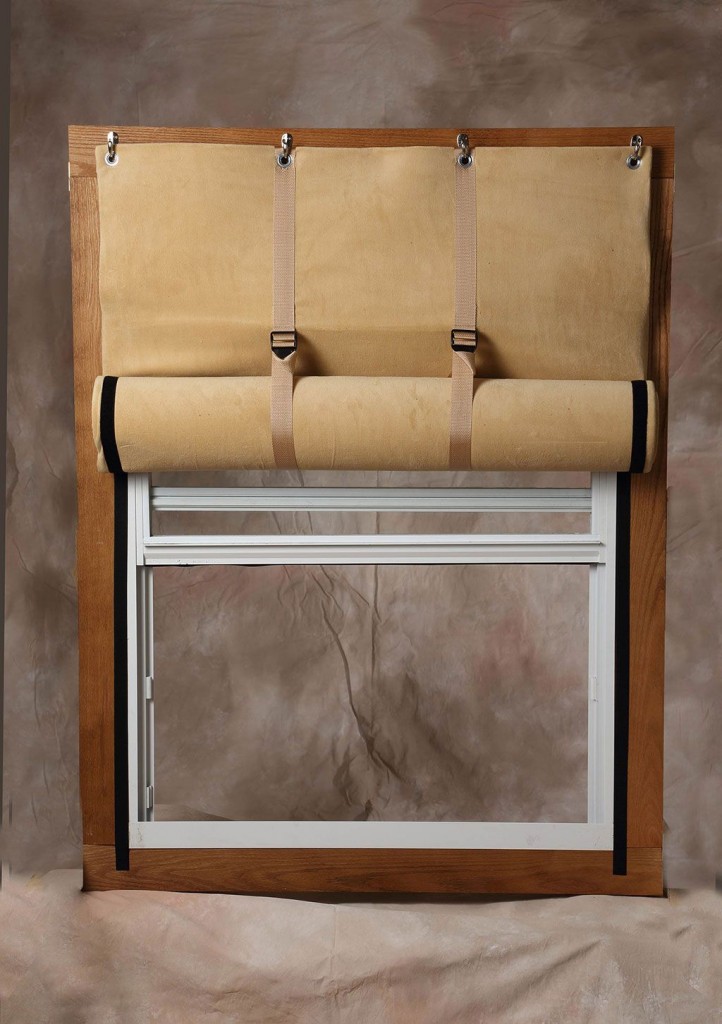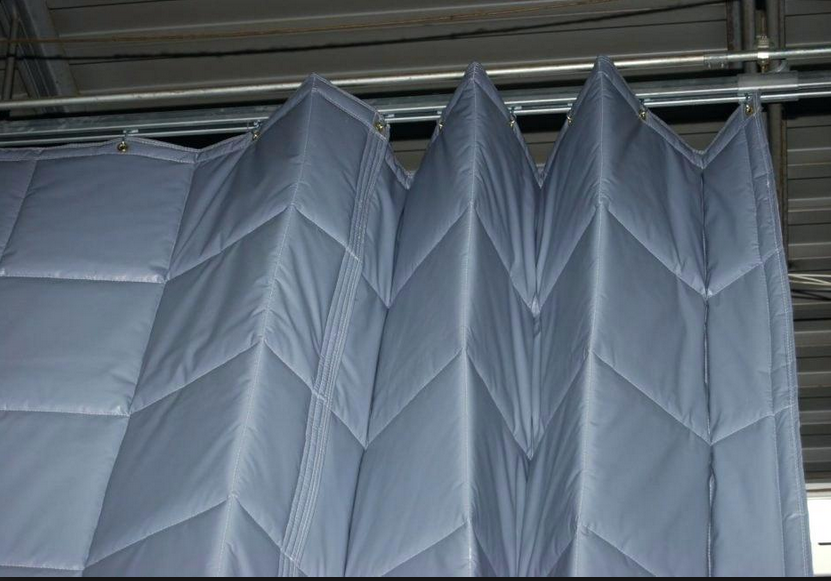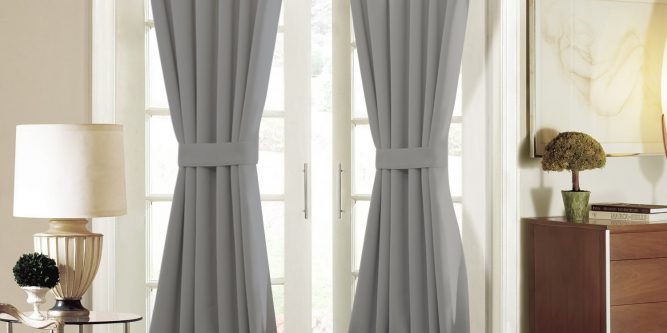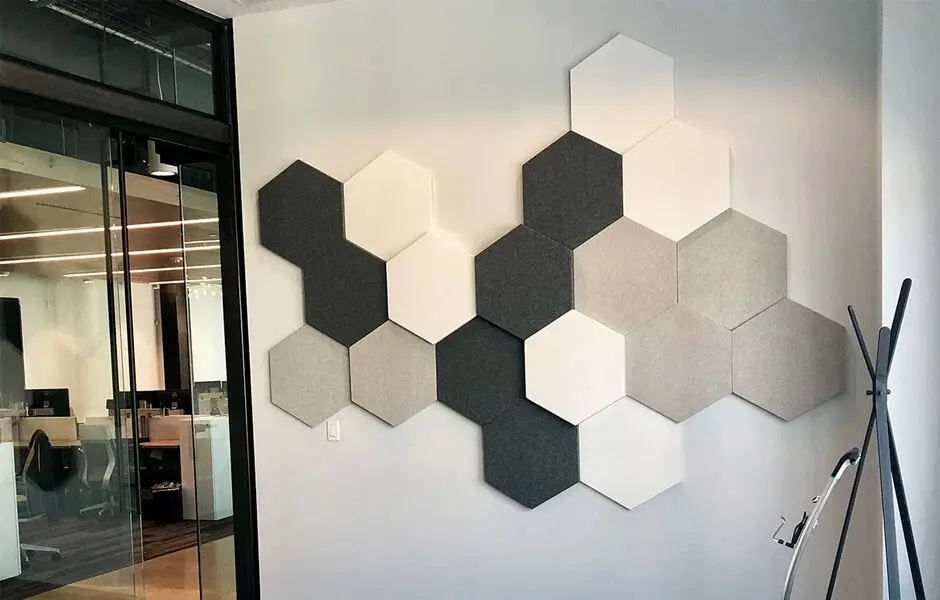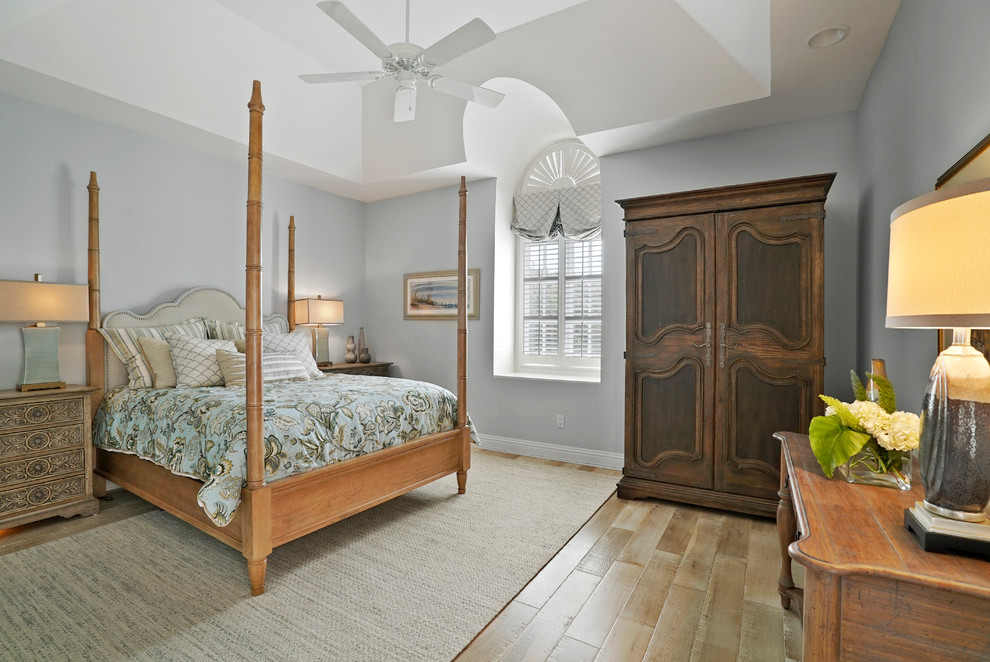Living rooms are often the central hub of a home, a place where families gather to relax, watch TV, and spend quality time together. But with all the activity and noise that can occur in a living room, it can be challenging to find peace and quiet when you need it. Fortunately, there are many soundproofing solutions available to help reduce noise in your living room, allowing you to enjoy a more peaceful and quiet space. In this article, we'll explore the top 10 ways to reduce noise in your living room and create a more tranquil environment for your home. Soundproofing Solutions for Reducing Noise in Living Rooms
Before we dive into specific soundproofing solutions, here are some general tips to keep in mind when trying to reduce noise in your living room: Tips for Reducing Noise in Your Living Room
Now, let's take a closer look at the top 10 ways to reduce noise in your living room: How to Reduce Noise in Your Living Room
One of the most effective ways to reduce noise in your living room is by implementing noise reduction techniques. These can include things like adding rugs and carpets to absorb sound, using sound-absorbing materials on walls and ceilings, and rearranging furniture to create a more sound-friendly layout. You can also try using acoustic caulk to seal any gaps or cracks in walls, floors, or ceilings to prevent sound from traveling through them. Noise Reduction Techniques for Living Rooms
When it comes to soundproofing your living room, the materials you use can make a big difference. Look for soft, absorbent materials like curtains, drapes, and upholstery to help dampen sound. You can also invest in sound-absorbing panels or foam to place on walls or ceilings. These materials are designed to absorb sound waves and reduce noise in a room. Sound Absorbing Materials for Reducing Noise in Living Rooms
Hardwood floors may be beautiful, but they can also be noisy. If you're looking to reduce noise in your living room, consider switching to a quieter flooring option. Carpet, cork, or vinyl flooring are all excellent choices for reducing noise, as they absorb sound and prevent it from traveling through the floors. You can also add area rugs on top of hard flooring to help further reduce noise. Quiet Flooring Options for Reducing Noise in Living Rooms
Windows are a common source of noise in living rooms, especially if they face a busy street or noisy neighbor. To reduce outside noise, consider installing soundproofing curtains or drapes. These are made with thick, heavy materials that absorb sound and prevent it from entering your living room. You can also add weatherstripping or draft stoppers around windows to seal any gaps and reduce noise. Window Treatments for Reducing Noise in Living Rooms
Believe it or not, the way you arrange your furniture can affect the amount of noise in your living room. Furniture can act as a barrier, blocking or absorbing sound waves. Try positioning larger pieces of furniture, like sofas or bookshelves, along walls to help absorb sound. You can also create a more sound-friendly layout by placing furniture at different angles rather than all facing towards the TV or focal point. Furniture Arrangement for Reducing Noise in Living Rooms
Soundproofing curtains are a great option for reducing noise in your living room. These thick, heavy curtains are designed to absorb sound and can significantly reduce noise from outside sources. You can also use them to create a temporary barrier for noise within your living room. For example, if someone is watching TV while you're trying to work, you can close the curtains to block out the noise. Soundproofing Curtains for Reducing Noise in Living Rooms
Acoustic panels are another excellent option for reducing noise in your living room. These panels are typically made of foam or other sound-absorbing materials and can be mounted on walls or ceilings. They are designed to absorb sound waves and reduce noise, making them perfect for creating a more peaceful living room environment. You can also find decorative acoustic panels that can add a stylish touch to your living room while also reducing noise. Acoustic Panels for Reducing Noise in Living Rooms
Creating a Calming Atmosphere: Reducing Noise in Your Living Room
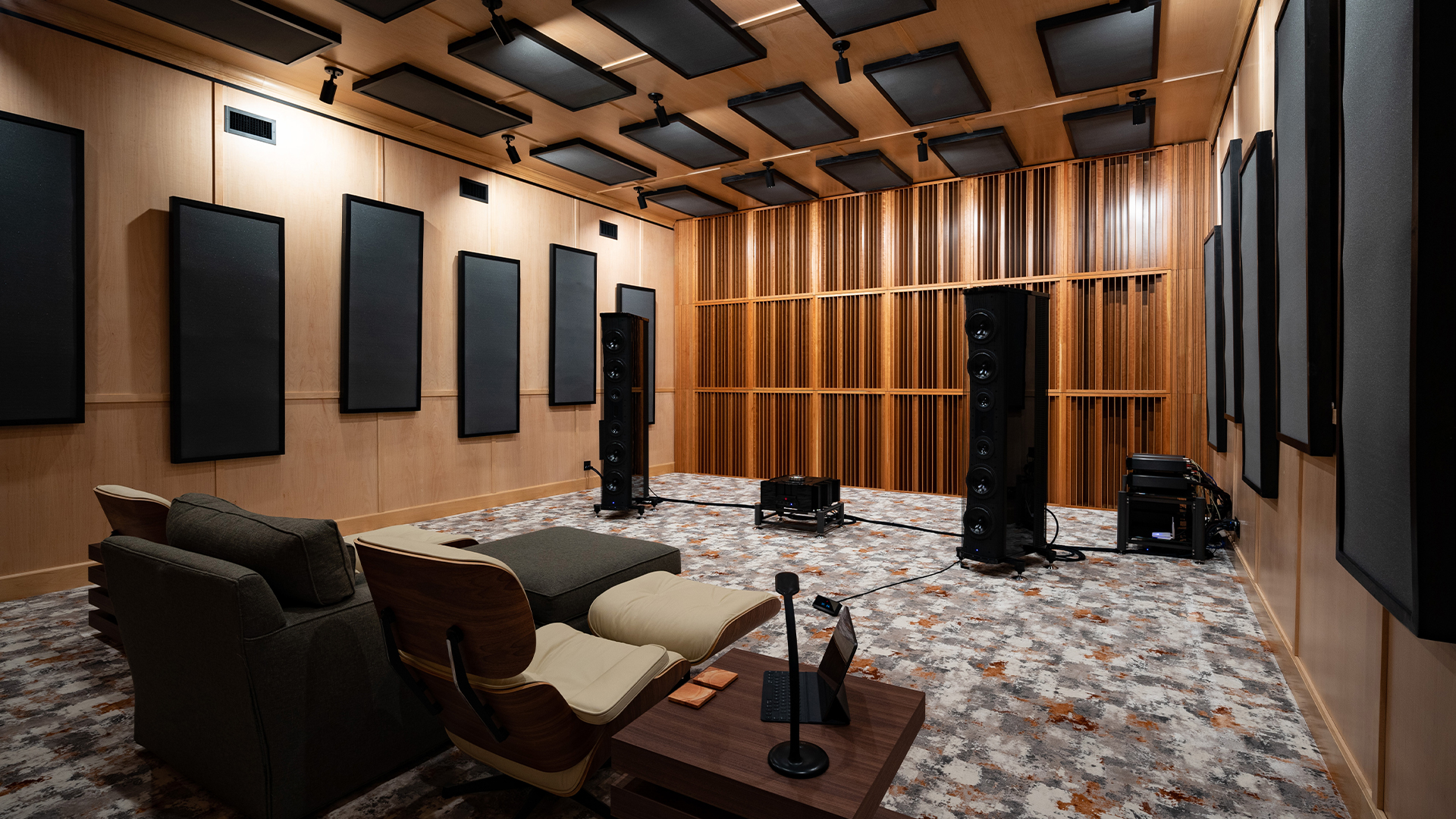
Soundproofing Materials
 When it comes to creating a peaceful and relaxing living room, one of the most important factors to consider is noise reduction. Whether it's the sound of traffic outside or the chatter of family members, unwanted noise can quickly disrupt the tranquility of your space. Fortunately, there are a variety of soundproofing materials available that can help reduce the amount of noise in your living room.
One effective option is
acoustic panels
, which can be installed on walls or ceilings to absorb sound. These panels come in various shapes, sizes, and designs, making them a versatile and visually appealing option for any living room. Another popular soundproofing material is
cork flooring
, which not only reduces noise but also adds a layer of cushioning to your floors. Additionally,
heavy curtains
can be used to block out noise from outside, while also adding a touch of style to your living room.
When it comes to creating a peaceful and relaxing living room, one of the most important factors to consider is noise reduction. Whether it's the sound of traffic outside or the chatter of family members, unwanted noise can quickly disrupt the tranquility of your space. Fortunately, there are a variety of soundproofing materials available that can help reduce the amount of noise in your living room.
One effective option is
acoustic panels
, which can be installed on walls or ceilings to absorb sound. These panels come in various shapes, sizes, and designs, making them a versatile and visually appealing option for any living room. Another popular soundproofing material is
cork flooring
, which not only reduces noise but also adds a layer of cushioning to your floors. Additionally,
heavy curtains
can be used to block out noise from outside, while also adding a touch of style to your living room.
Furniture Placement
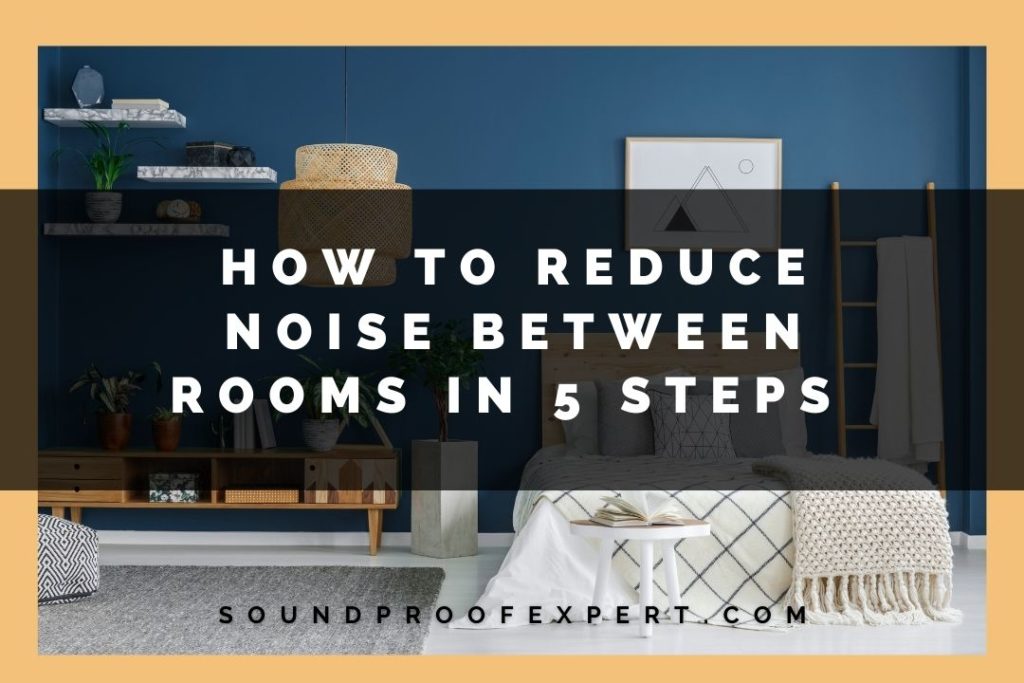 Believe it or not, the placement of your furniture can also play a role in noise reduction. When arranging your living room, try to avoid placing furniture directly against the walls. This can create a "bounce effect" for sound, making it travel even further. Instead, try positioning furniture at angles or using rugs to help absorb sound.
Believe it or not, the placement of your furniture can also play a role in noise reduction. When arranging your living room, try to avoid placing furniture directly against the walls. This can create a "bounce effect" for sound, making it travel even further. Instead, try positioning furniture at angles or using rugs to help absorb sound.
Natural Elements
 Incorporating natural elements into your living room can also help reduce noise.
Indoor plants
not only add a touch of greenery and beauty to your space, but they can also act as natural sound absorbers. Certain types of plants, such as rubber plants or fiddle leaf figs, have large and dense leaves that can effectively absorb sound waves. Additionally,
water features
, such as a fountain or a small indoor waterfall, can create a soothing sound that can help drown out unwanted noise.
By utilizing soundproofing materials, strategic furniture placement, and natural elements, you can significantly reduce noise in your living room and create a calming and peaceful atmosphere. So the next time you're looking to unwind and relax in your living room, you can do so without the interruption of outside noise.
Incorporating natural elements into your living room can also help reduce noise.
Indoor plants
not only add a touch of greenery and beauty to your space, but they can also act as natural sound absorbers. Certain types of plants, such as rubber plants or fiddle leaf figs, have large and dense leaves that can effectively absorb sound waves. Additionally,
water features
, such as a fountain or a small indoor waterfall, can create a soothing sound that can help drown out unwanted noise.
By utilizing soundproofing materials, strategic furniture placement, and natural elements, you can significantly reduce noise in your living room and create a calming and peaceful atmosphere. So the next time you're looking to unwind and relax in your living room, you can do so without the interruption of outside noise.





